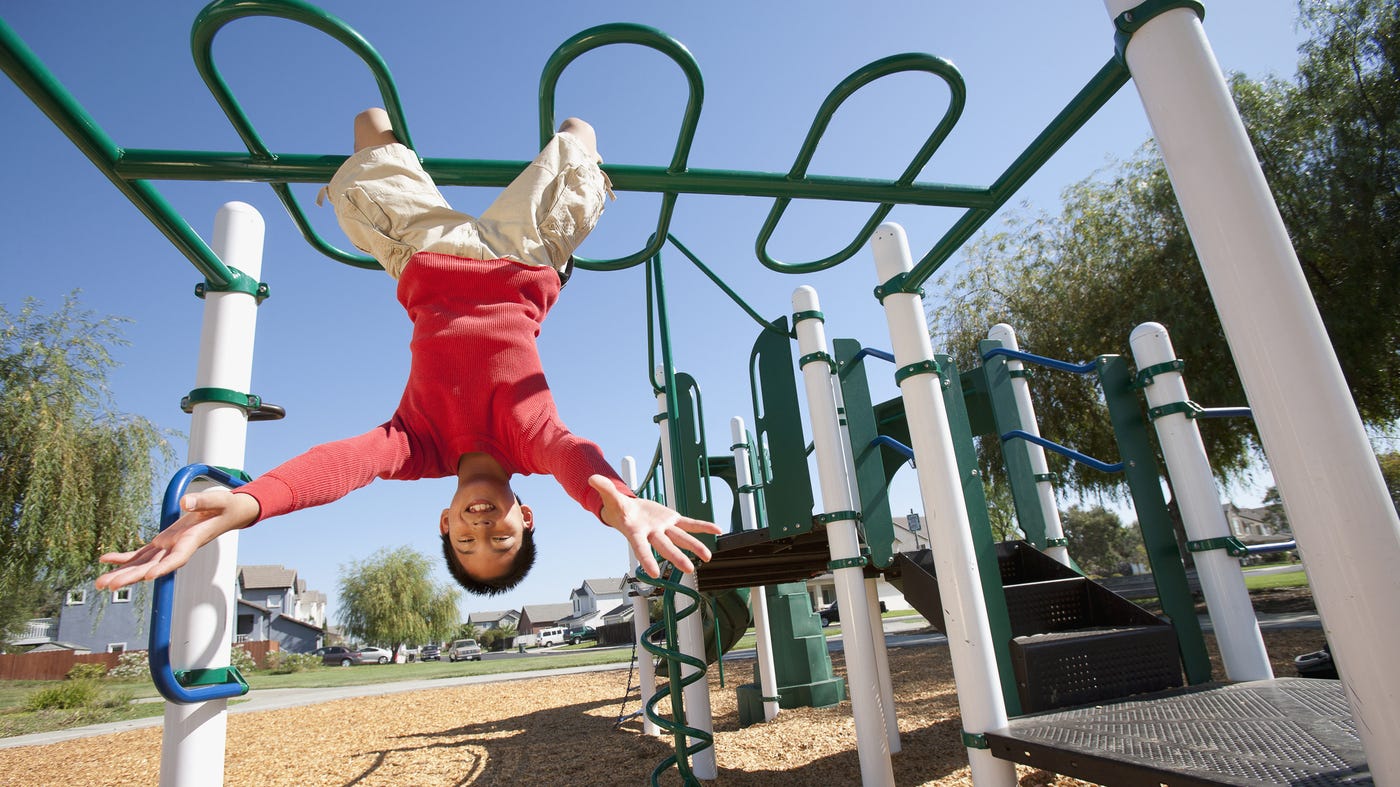Noah Brier | September 26, 2024
The Childhood Exploration Edition
On Alison Gopnik, local optimums, and knowing when to hone in.
Noah here. A few years ago, I wrote about the explore/exploit tradeoff, a computer science concept that identifies the challenges between solving for breadth versus depth.
The tradeoff is about understanding the give and take between exploration—going wide, trying new things—and exploitation, or going deep into one thing. Explore/exploit is a big area of computer science, particularly artificial intelligence, and machine learning, where you need to program a machine to survey the landscape of solutions and then choose the right one. The question that needs to be answered is how long to explore before you dive deep into exploit?
Beyond its applications in computer science, the exploration/exploitation tradeoff has interesting implications in everyday life, where we frequently encounter problems that require us to balance exploring options with making decisions. Take looking for a new house, for instance. You have a set period before you need to move, and you must decide how long to check out what’s on the market and refine your requirements before signing a contract. According to the explore/exploit framework, we should spend roughly a third of the time we have allocated exploring what's out there before using the collected data to make a decision. If you decide too early, you risk missing out on something better. On the other hand, if you decide too late, you incur time and opportunity costs.
Why is this interesting?
Recently, I encountered a new angle on the explore/exploit tradeoff from Alison Gopnik, a professor of psychology at Berkeley, where she runs the Cognitive Development & Learning Lab. Gopnik theorizes that human childhood is so much longer than that of our primate relatives partly because our unique brains require an extended phase of broad exploration. This kind of “high-temperature” search, where kids bounce from one interest to another, is only possible when you don't have responsibilities to feed and care for yourself—roles that adult “exploiters” fulfill.
Another aspect of the explore/exploit dilemma is the challenge of local optima—a solution that is optimal within a neighboring set of solutions but not globally optimal. In AI and machine learning, algorithms can get trapped in local optima, missing better solutions elsewhere in the search space. Similarly, overfitting occurs when a human or machine sees a pattern in a limited amount of data that doesn't hold as more information becomes available. In our house search example, if we see two overpriced houses, we might quickly conclude that all houses are overpriced and decide to overpay. However, if we had continued to look, we might have found that those two houses were outliers and could have saved a lot of money.
One of the questions Gopnik and others have tackled is whether you can actually prove that this exploratory approach is helpful for children. In a 2020 paper titled “Childhood as a solution to explore-exploit tensions,” she outlined some of her findings:
We have found that younger children show a pattern of broader hypothesis search than adults in their causal learning. Young children are more likely to infer an unusual causal hypothesis than older children and adults. For example, the ‘blicket detector’ is a box that lights up and plays music when you put some blocks on it and not others. We wanted to see whether children could also infer more abstract features of the machine. Could they figure out whether the machine operated on the principle that individual blocks made it go or on the principle that combinations of blocks were required? … To our surprise, children were substantially better at inferring the unlikely ‘combination’ hypothesis than adults—they put the right combinations of blocks on the machine when that fit the data, and the adults did not. We replicated this pattern with low-income children and adults in Peru and low-income children in Headstart programmes in the USA.”
In short, the adults gave up early after assuming they had found the pattern, while the children kept experimenting ("high-temperature searching") and, in turn, discovered additional answers that remained out of reach for the adults. It's hard to say exactly why we often become less curious with time—presumably, adult responsibilities and perhaps a touch of jadedness have something to do with it—but studies like Gopnik's have been helpful reminders that our brains weren’t always this way. It's likely worth the effort to explore a little more than our systems may naturally incline us to do. (NB)
